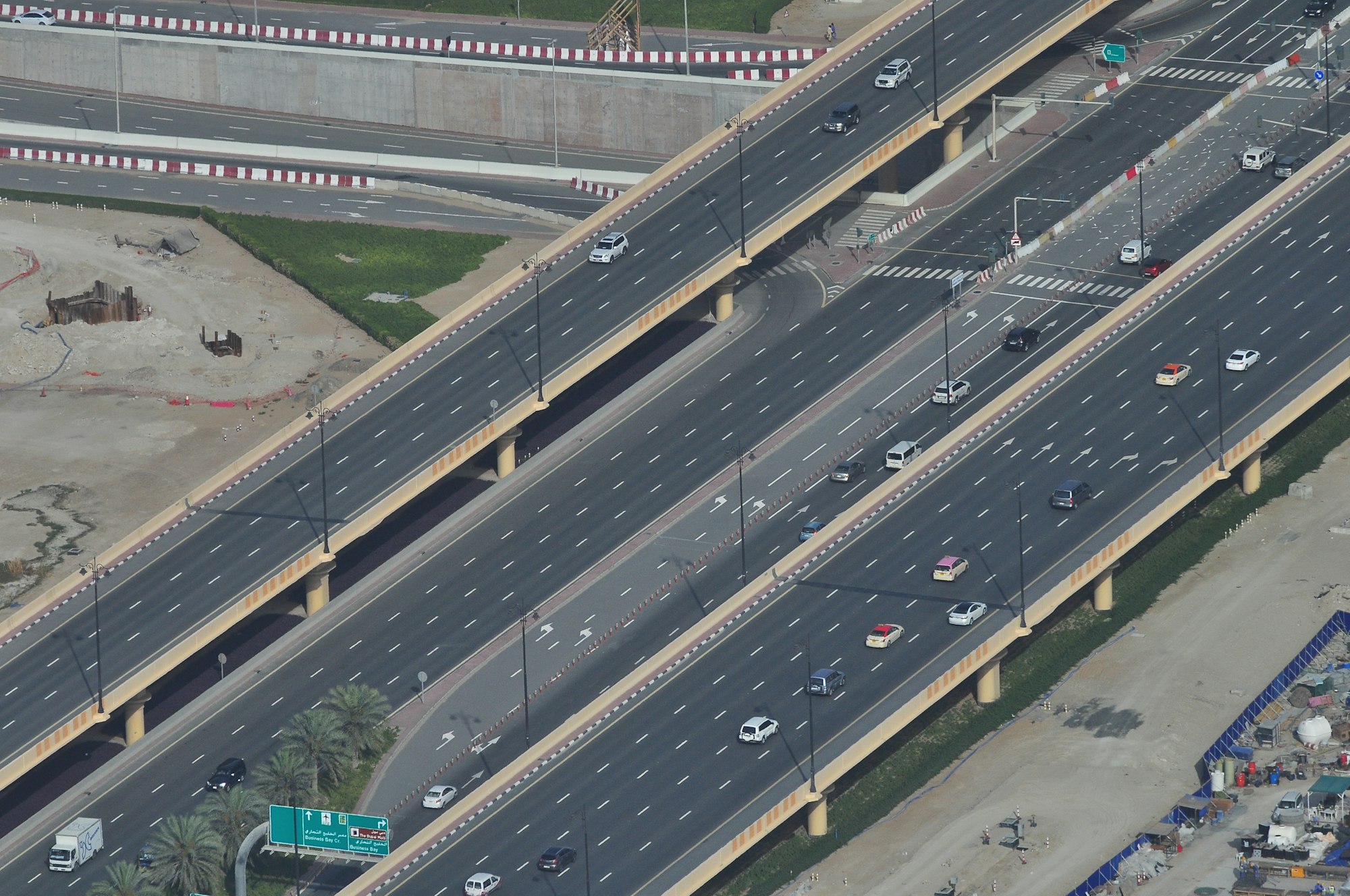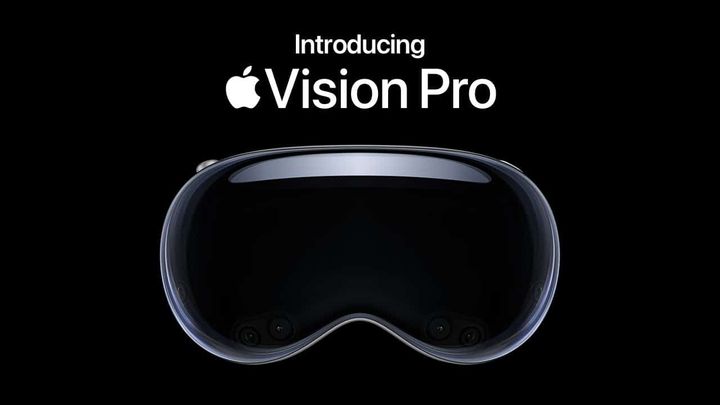Why You Should Consider Deleting Your Data From Google Street and How?
Understand the importance of deleting your data from Google Street and how to follow through with the process. Check out this guide for more info!

Google Street provides users with a virtual experience for exploring and discovering the world. Unfortunately, this can come at the cost of your own privacy. To ensure that your personal data is not being used without permission, it’s important to know how you can delete it from Google Street. This guide will break down why and how to remove your personal information from Google Street.
What is Google Street View?
Google Street View is a feature of Google Maps that allows users to virtually explore the world by taking 360-degree panoramic images. These photos can be taken from the streets of cities around the globe, allowing for an immersive experience for discovering new places. Unfortunately, when these images are taken, they can also capture and store personal information from its surroundings. This poses a risk to personal privacy which should be addressed as soon as possible.
Photo by Roman Logov / Unsplash
Google allows users to request the removal of their personal data from Street View by filling out an online form. The user has the option to either blur or completely remove the image from Street View, depending on the situation. Blurring an image allows only the outline of a person or object to be shown and can help protect sensitive information like phone numbers, license plates, and more. Removing an image entirely is more appropriate for privacy protection as it removes any potential risk of your information being displayed in a place where millions have easy access.
Should You Consider Deleting Your Data From Google Street View?
Yes, it is important to consider deleting your data from Google Street View in order to protect your privacy. The images captured by the Street View cameras can inadvertently capture personal information that you may want to keep private, such as your address and car license plate number. Deleting this data is easy by following a few simple steps, so it is definitely worth taking a few moments to do it.
Photo by Louis Reed / Unsplash
Google Street View captures a 360-degree view of roads, sidewalks and buildings all over the world. While this technology is great for getting an up-close look of any place you’d like to visit, it can also unintentionally capture personal information from those within the images. This data can include home and car license plate numbers that you may want to keep private for security or privacy reasons. To ensure your data remains secure, you should consider deleting it from Street View by following a few very simple steps. Using the “Report a Problem” tool located on Google Maps, you can report images with identifiable personal information or inappropriate content that needs to be removed from public view. Once reported, Google assesses each image to determine if action needs to be taken and their decision is final - making it important to review imagery when taking photos to make sure any sensitive information is kept safe!

How to Delete Your Data From Google Street View
Deleting your data from Google Street View is a pretty simple process. All you need to do is head to the website and use the form to delete any data associated with your name and address. Once you’ve entered all the necessary information, click “Submit” to initiate the deletion process. You should receive an email notification within a few days confirming that your data has been successfully deleted.
There are several reasons why you might want to delete your data from Google Street View. For starters, the information can be used to break into someone’s home or office. Additionally, the data is stored in plain text format and can be vulnerable to hacking attempts. If a hacker gains access to this type of data, they could potentially use it to access sensitive personal information or even commit identity theft. Because of these risks, it’s important to keep your information secure and delete it as soon as possible if you feel that your security has been compromised.
Detailed Steps
- Go to Google Maps and click on the three horizontal lines in the top left corner to open the menu.
- Click on "Your Timeline" in the menu.
- This will bring up a map with a timeline of your location history. Click on the date range at the top of the page to select the time period for which you want to delete data.
- You can now view all of the locations you have visited during that time period. To delete a specific location, click on it and then click on the trash can icon in the top right corner of the box that appears. Confirm that you want to delete the location by clicking "Delete".
- If you want to delete all of your location history, click on the three dots in the top right corner of the page and select "Settings and Privacy".
- Scroll down to "Location Settings" and click on "Delete All Location History". Confirm that you want to delete all of your location history by clicking "Delete Location History".
- To delete all of the Street View images associated with your location history, you will need to submit a request to Google. Go to the Google Street View help page and click on "Report a problem" at the bottom of the page. Select the images you want to delete and provide a reason for your request. Google will review your request and remove the images if they meet their criteria for removal.
It's vital to understand that deleting your Street View photos and location history won't stop Google from obtaining information about your location in the future. You can disable location services on your device or change the settings in your Google Account to prevent Google from tracking your whereabouts.
Benefits of Deleting Your Data from Google Street View
The primary benefit of deleting your data from Google Street View is that you will no longer be subject to the unwanted public attention that comes with having personal information available on a publicly accessible platform. Additionally, by deleting your data, you are taking control of who has access to certain information about you and your home. With the click of a button, you can make sure that only the people you choose to have access to such information will have it.
Photo by Pawel Czerwinski / Unsplash
Furthermore, deleting your data from Google Street View ensures that it won’t end up in the wrong hands. As much as Google does its best to protect user information, there is just no guarantee that it won’t be leaked or stolen. By removing all trace of your data from Google Street View, you stop potential identity thieves from obtaining information about your home and its inhabitants. Additionally, you can rest assured knowing that any personal information regarding yourself or your family will not appear on search results when someone Googles for nearby addresses. Therefore, by deleting your data from Google Street View, you can enjoy the peace of mind knowing that all the unwanted attention associated with having personal information readily available online will no longer be a concern.
Alternative Options to Protecting Your Privacy Online
Aside from deleting your data from Google Street, there are several other steps you can take to protect your privacy online. Things like opting out of targeted ads and avoiding public Wi-Fi networks are essential tactics for anyone looking to safeguard their digital footprint. Additionally, enabling encryption on messaging services and social media platforms can help ensure that your private conversations are not intercepted by unwanted parties. Taking these protective measures will help increase security and privacy.
Another useful tool to implement is two-factor authentication. Utilizing two-factor authentication requires inputting an additional layer of security when attempting to log in to any online account. This can take the form of using a unique PIN, providing biometrics data, or responding to an approval request sent to your smartphone. By activating this feature and avoiding sites that do not provide TLS/SSL encryption, you can reduce risks of having your personal information compromised.
Photo by Markus Spiske / Unsplash






